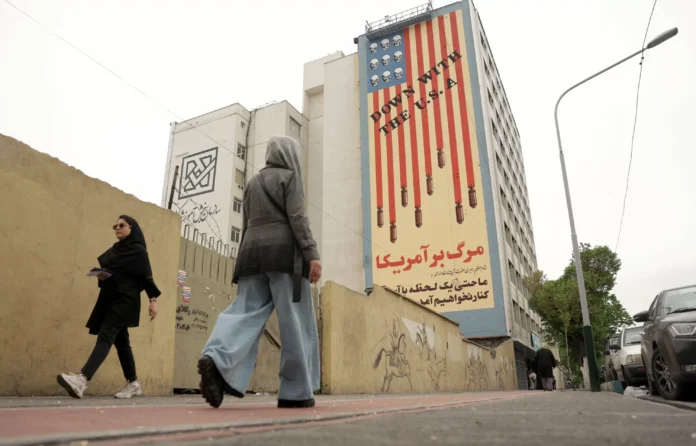After years of tension and hostile rhetoric, the United States and Iran have finally returned to the negotiating table. This time, however, there is a sense of urgency as both sides race against time to find a resolution to their long-standing conflicts.
The relationship between the US and Iran has been strained for over four decades, ever since the Iranian Revolution in 1979. The two nations have been at odds over a range of issues, including Iran’s nuclear program, support for terrorist groups, and regional influence. This has led to economic sanctions, military confrontations, and a dangerous escalation of tensions.
But now, after years of silence and heightened tensions, there is a glimmer of hope for a peaceful resolution. The recent change in leadership in both countries has created an opportunity for a fresh start and a chance to find common ground.
In the US, President Joe Biden has made it clear that he is committed to re-engaging with Iran and finding a diplomatic solution to the issues that have divided the two nations for so long. He has appointed experienced diplomats to lead the negotiations and has expressed a willingness to lift some of the economic sanctions that have crippled Iran’s economy.
On the other side, Iran has also shown a willingness to engage in talks. The election of President Ebrahim Raisi, a hardliner, has raised concerns about the future of the negotiations. However, Raisi has stated that he is open to finding a solution that benefits both countries and has expressed a desire to improve Iran’s relations with the international community.
The urgency to reach a resolution is driven by the looming deadline of November 2021. This is when the UN arms embargo on Iran is set to expire, and Iran will be able to purchase and sell weapons freely. The US is determined to prevent this from happening and has made it clear that they will not allow Iran to become a regional power with advanced weapons.
This deadline has put pressure on both sides to come to the negotiating table and find a solution before it’s too late. The US has proposed a step-by-step approach, where both sides would take reciprocal actions to ease tensions and build trust. This includes the US lifting some of the sanctions and Iran scaling back its nuclear program.
While the negotiations are still in the early stages, there have been some positive developments. In April 2021, the US and Iran participated in indirect talks in Vienna, Austria, with the other signatories of the 2015 Iran nuclear deal, known as the Joint Comprehensive Plan of Action (JCPOA). These talks were seen as a positive step towards reviving the deal, which the US withdrew from in 2018.
However, there are still significant challenges ahead. The US and Iran have different expectations and demands, and finding a middle ground will not be easy. There are also concerns about the influence of hardliners on both sides, who may try to sabotage the negotiations.
But despite these challenges, the fact that the US and Iran are back at the negotiating table is a significant step forward. It shows a willingness from both sides to find a peaceful resolution and avoid further escalation of tensions.
A successful resolution to the US-Iran conflict would have far-reaching implications, not just for the two nations but for the entire region. It could lead to increased stability and cooperation in the Middle East and pave the way for a more peaceful and prosperous future.
Moreover, a successful resolution would also send a powerful message to the world that diplomacy and dialogue can overcome even the most entrenched conflicts. It would serve as a reminder that no issue is too complex to be resolved through peaceful means.
In conclusion, the US and Iran are back at the table, and this time they are racing against time. The urgency to find a resolution before the November deadline has brought a new sense of hope and determination to the negotiations. While there are still challenges ahead, the fact that both sides are engaging in talks is a positive sign. Let us hope that this time, the US and Iran can put their differences aside and work towards a brighter future for both nations and the world.


